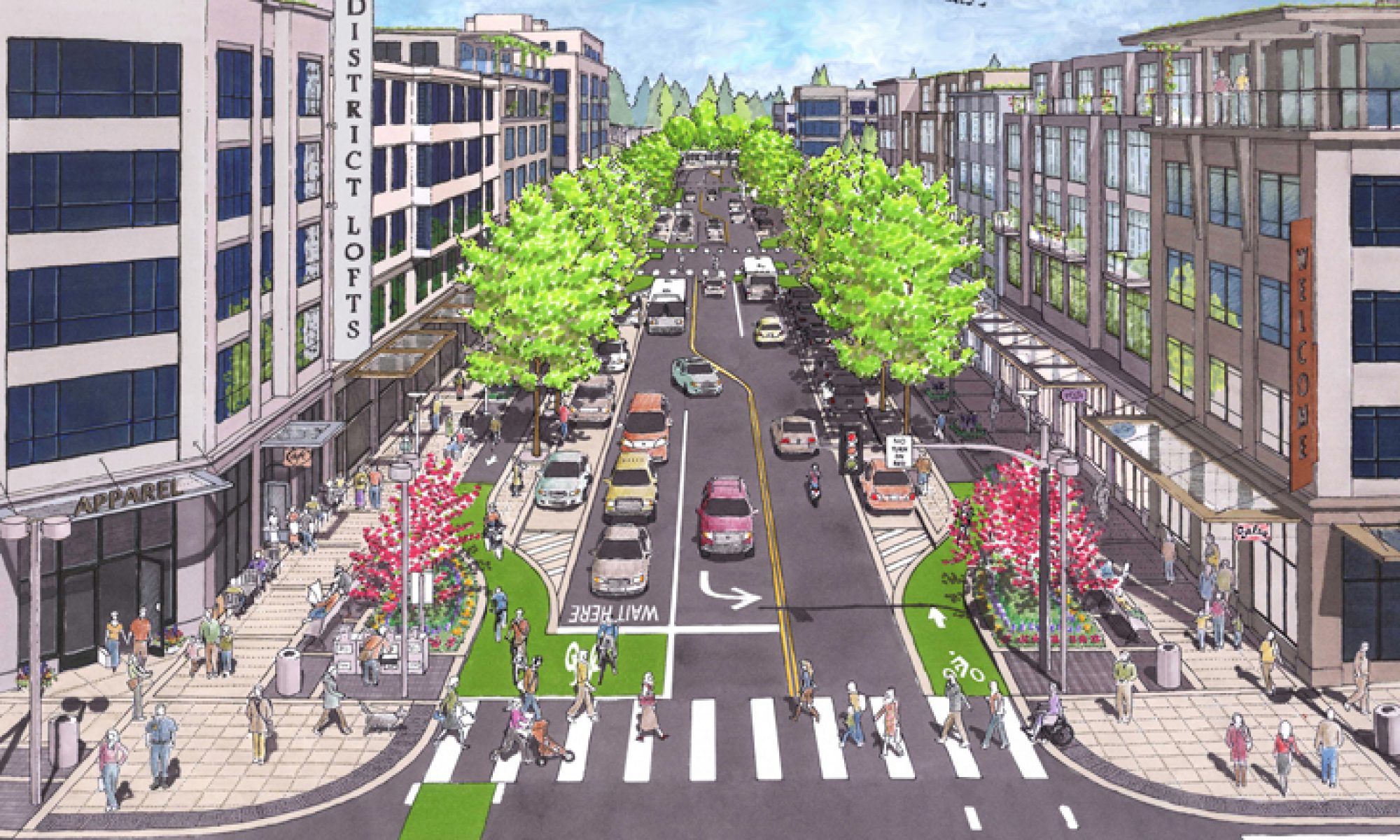Amsterdam wasn’t always this way. We have plenty of work to do- with the prevailing love affair with cars in the US.
“Making a city where most trips are done on bikes requires utterly discarding conventional car-centric ways of thinking about transportation. Over the last 60 years, Amsterdam’s leaders, planners and designers have by trial and error created a template for a city where bikes are the dominant force in transportation planning and design. That template has five essential characteristics; skip or short-change any one of them and your city of bikes won’t work as well.”
5 Reasons Why Amsterdam Works So Well for Bikes
In most cities, the network of bicycle tracks and lanes is far sparser than the overall street network for vehicular traffic. In Amsterdam, the street network map is the bike network map. Almost all streets in the city have excellent bike facilities of one type or another. What is extraordinary is that in Amsterdam you are more likely to need a specialized car map than a bike map, since many streets have limited or no car access.”
People unfamiliar with the idea of the bicycle as real transportation sometimes see Amsterdam—the famously bike-friendly Dutch capital—as a fantasyland that has very little to do with the grown-up transportation world of cars and trucks. In reality, a readjustment of perspective is needed, since Amsterdam has succeeded in creating a transportation system that is one of the most successful in the world. Transportation in Amsterdam is the epitome of sustainability. It is convenient, cheap, clean, quiet, efficient, and safe.
Read more…















